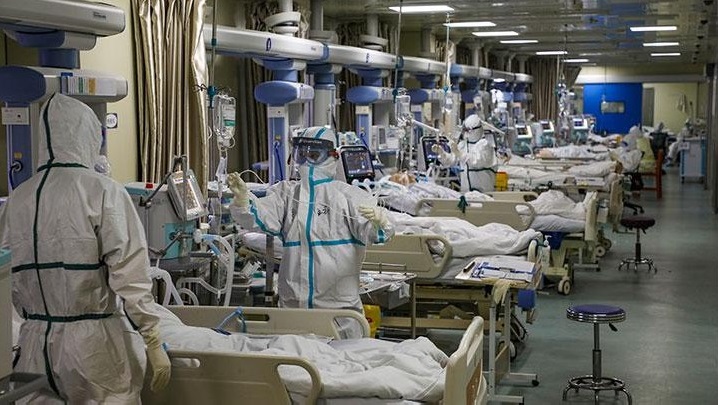
Recently, thousands of people in China have incurred the Brucellosis infection, which is greatly suspected due to a leak in a bio-pharmaceutical factory. The world community seems worried that this disease will spread broadly like the Covid-19 pandemic. Prof. Dr. drh. I Wayan Tunas Artama as a zoonosis expert from the UGM Faculty of Veterinary Medicine, confirmed that Brucellosis is a disease caused by Brucella sp. He also added that so far, this has never happened from person to person.
“It is a very rare case, usually transmission from livestock such as goats, sheep, cows and pigs to humans or animal products such as milk or goat’s milk which is not sterilized or pasteurized,” said Wayan responding to the outbreak of Brucellosis cases in China on Thursday (24 / 9).
According to Wayan, the incidence of Brucellosis in China was due to a leak in the animal vaccine industry due to improper handling because it used expired disinfectants that spread to the environment and infected 3,000 people.
He added that suppose humans are infected from the bacteria from these farm animals. In that case, they will show symptoms in fever, joint pain, dizziness, and fatal liver problems that can result in death to people. “We can prevent this by vaccinating livestock, and treat Brucellosis with antibiotics,” he explained.
Wayan revealed taking lessons from the cases of the outbreak of Covid-19 and Brucellosis from China indicates that the threat of zoonoses is right in front of the eyes. Even many stakeholders and the public are overwhelmed to anticipate the spread of diseases originating from these animals. “Because we don’t know when it will appear in our territory. Well, it is closely related to globalization, modern transportation, food security, industrialization, population explosion on earth, and coupled with climate change,” he said.
According to him, the application of One Health is one solution to solving zoonotic disease problems. He also revealed that disease transmission incidence originating from animals sometimes could not be separated from human negligence. “Due to human activity, biosecurity and biosafety are not properly implemented,” he concluded.
Author: Gusti Grehenson
Photo: Thinkstock
Translator: Natasa A


